High summer is the time when plants and insects dominate the Tufa Field. Around the main Tufa flush, sedges and rushes dominate, with grasses adapted for damp conditions also flourishing. The wide expanses of undisturbed nettle beds create ideal butterfly and moth breeding and feeding grounds.
With the recent plummet in Butterfly numbers making headlines, the Tufa Field provides a vital source of food and breeding grounds for many of the Red List species.
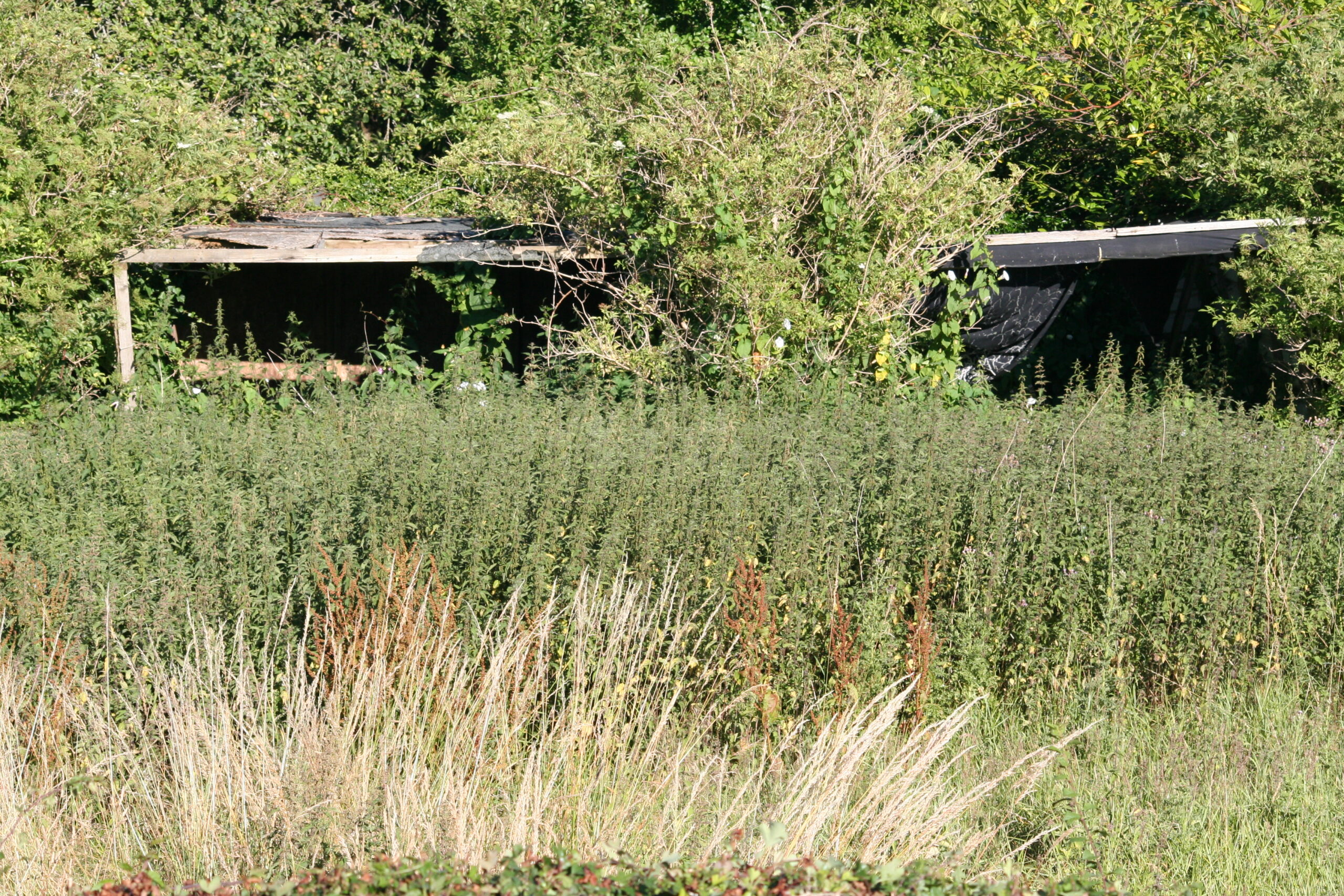

Peacock Butterfly
Teasels and cow parsleys feed hover flies and bees, and long grasses provide cover for small mammals like Field Voles. Grasses also hide newly-hatched amphibians such as newts and toads as they migrate to and from ponds and streams. The myriad of night-time insects provide food for hunting bats that can be seen flitting across the field and around the houses at dusk and dawn. For the apex predators like Buzzards, this is also good feeding time, especially early mornings with clear skies, and before people awake.

Feeding Bee
The field contains many habitats, from drier rough pasture, to permanently wet streams and bogland with all stages in between.
One aspect of watching plant dispersion is the natural mapping that is revealed. Plant species adapt and thrive in different environments and their presence, and absence, marks boundaries where these conditions change.
At this time of year, there is a slightly pink grass in patches in the field. This is Yorkshire Fog, that needs damp conditions to grow. This tall whiskery grass waves in the breeze catching the sunlight with a pinkish tinge, but it’s true value is revealing the areas of Tufa development.
There are in fact three areas of Tufa in the field. The main central area is well-defined and established, but there are also two others, less well-defined and at earlier stages of development. These coincide with springs from the hillside that run less frequently that the main stream, but never dry completely.

The Tufa field
Here is the developing Tufa in the south-west corner of the field, adjacent to Stirtingale Road.
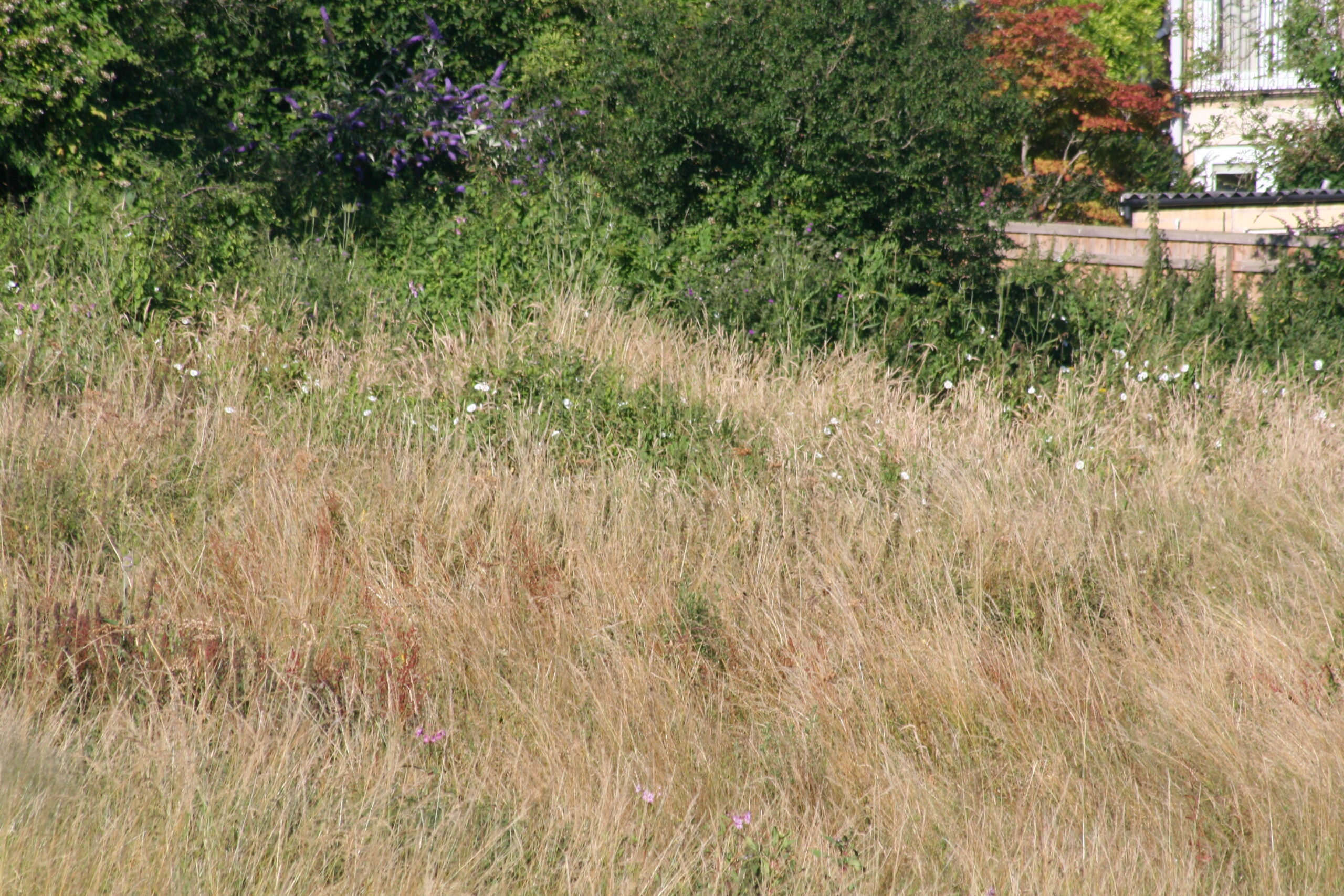
And here, the south-east corner, feeding the mud-slump.
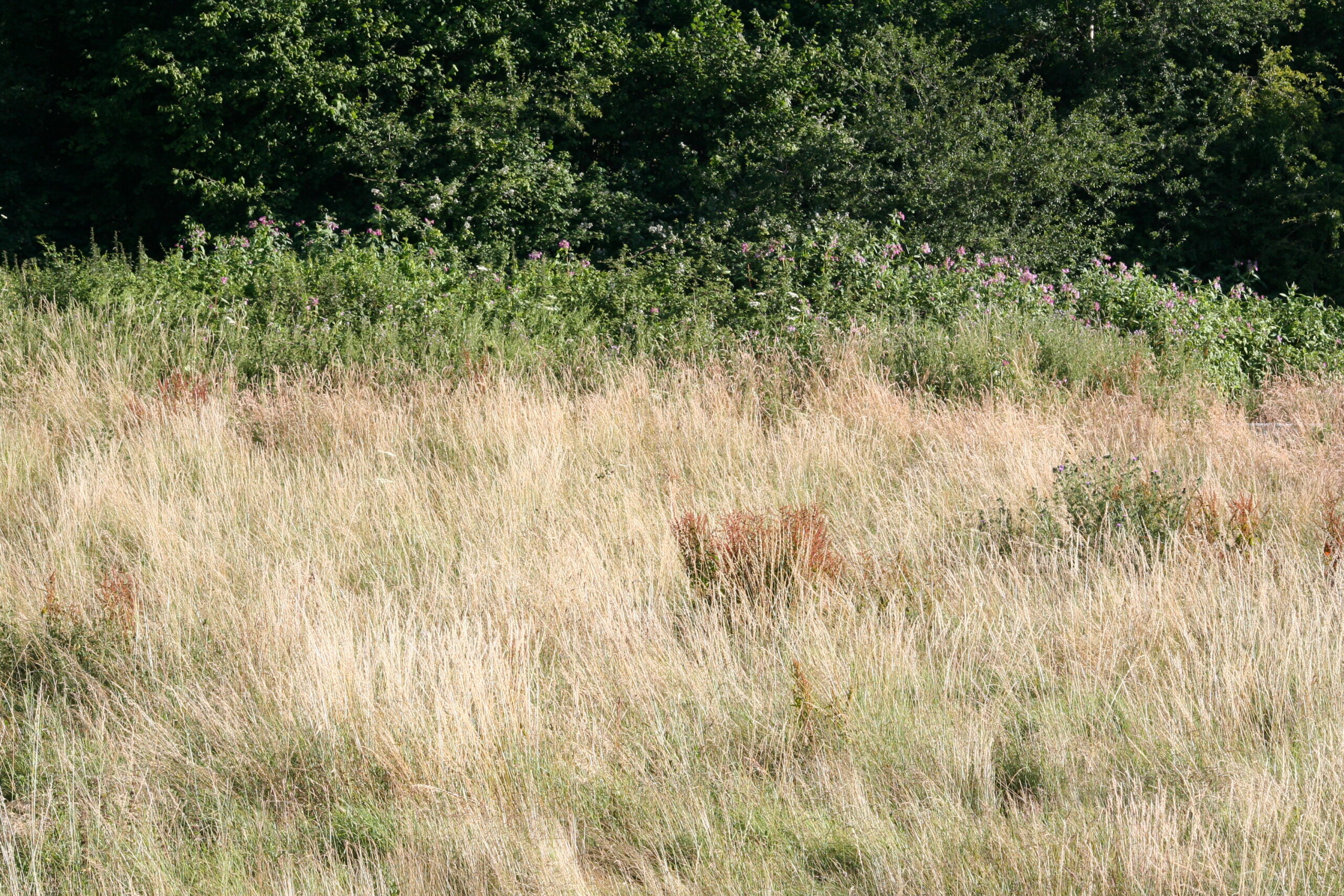
And the main Tufa flush
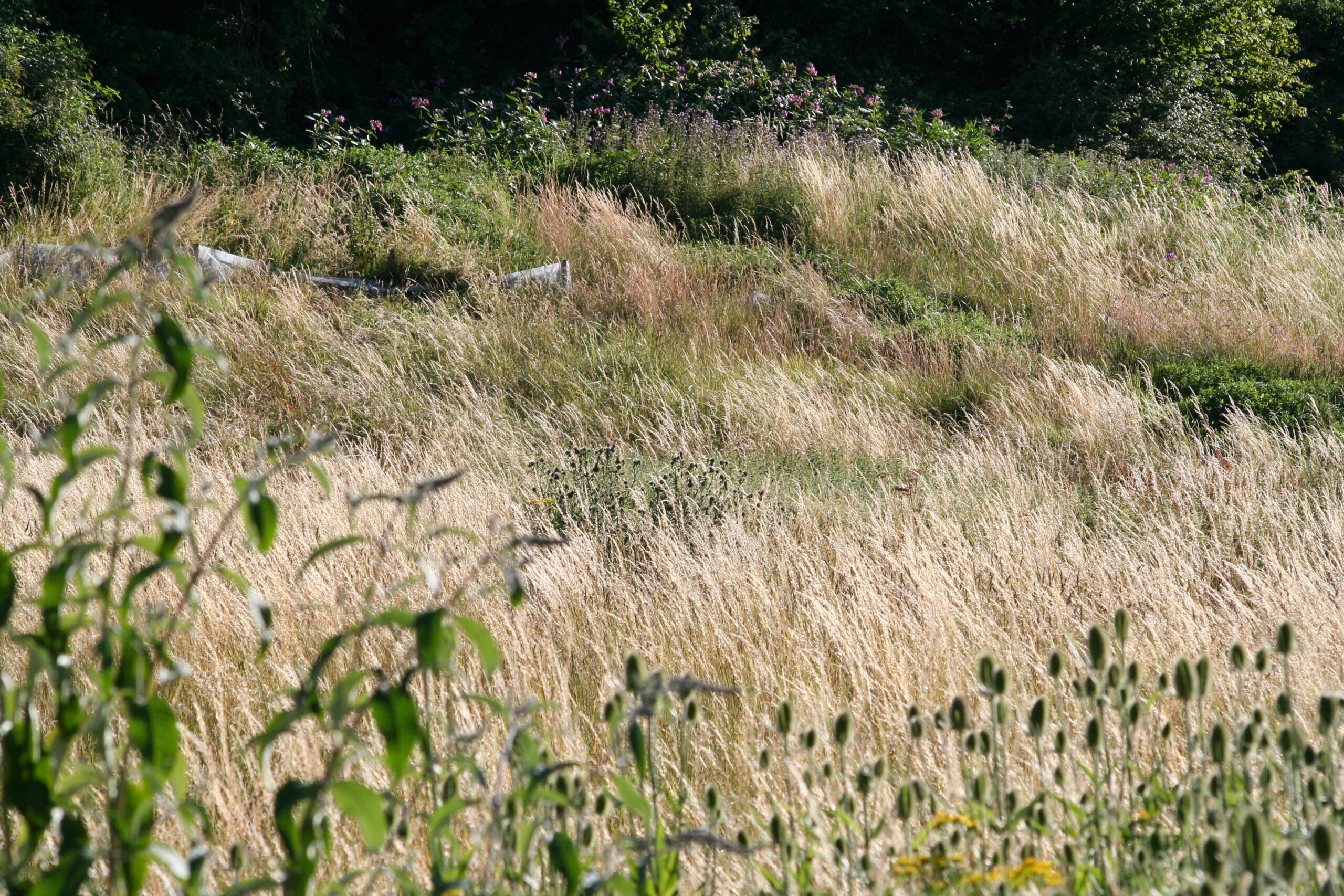
The presence of Yorkshire Fog in these areas clearly shows the wetness of the ground conditions.
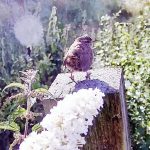







 Total views : 90148
Total views : 90148

August 3, 2022 at 9:15 am
Many thanks for the informative article of summer in the field.
The information of the spring in the SE corner of the field may explain why our back lawn adjacent to the field is still a green colour even after this extended dry spell. In fact it was suggested by 2 persons that we must have been watering the lawn! Not the case.
No 89 EL